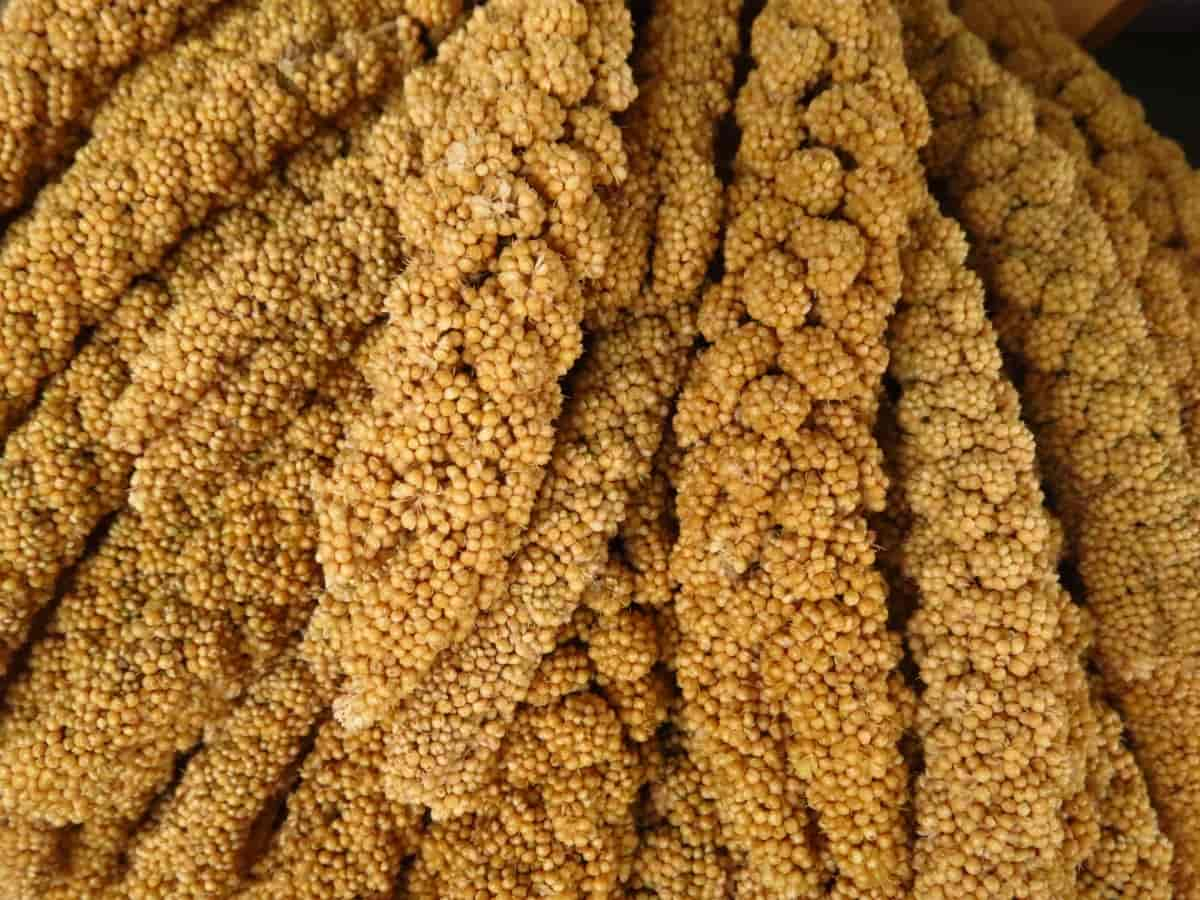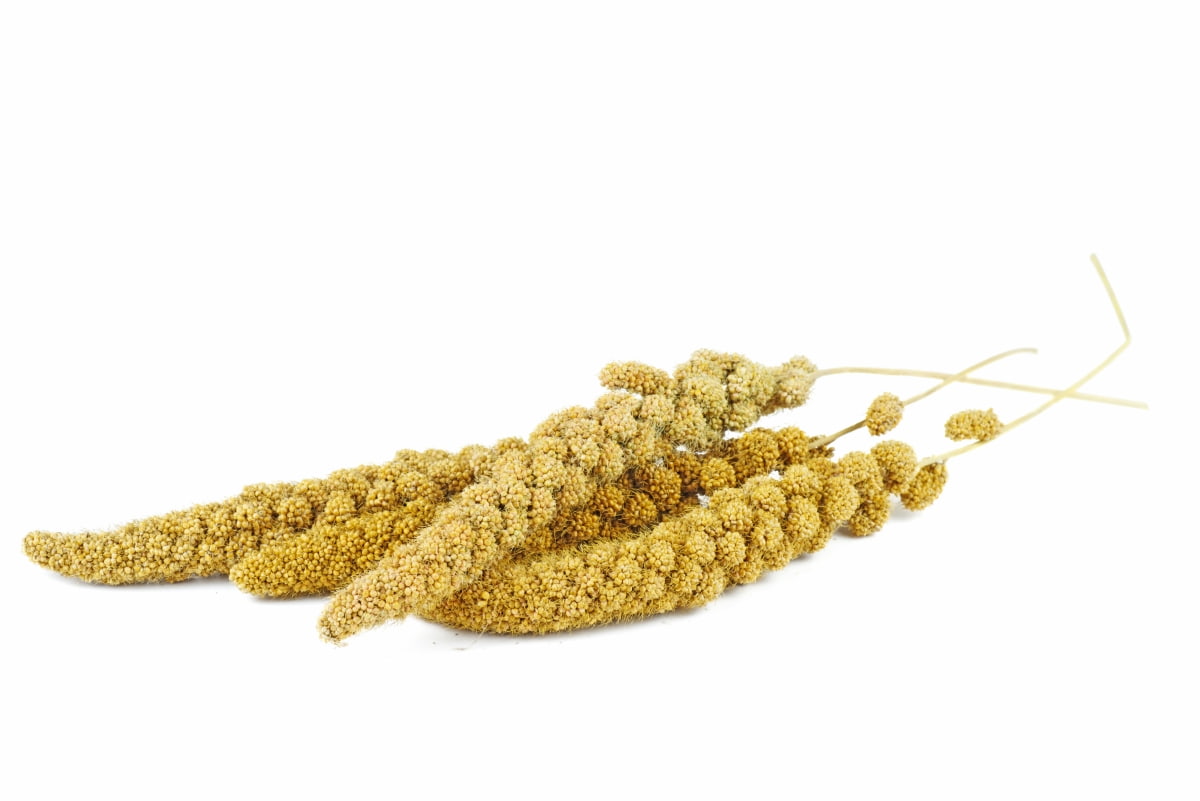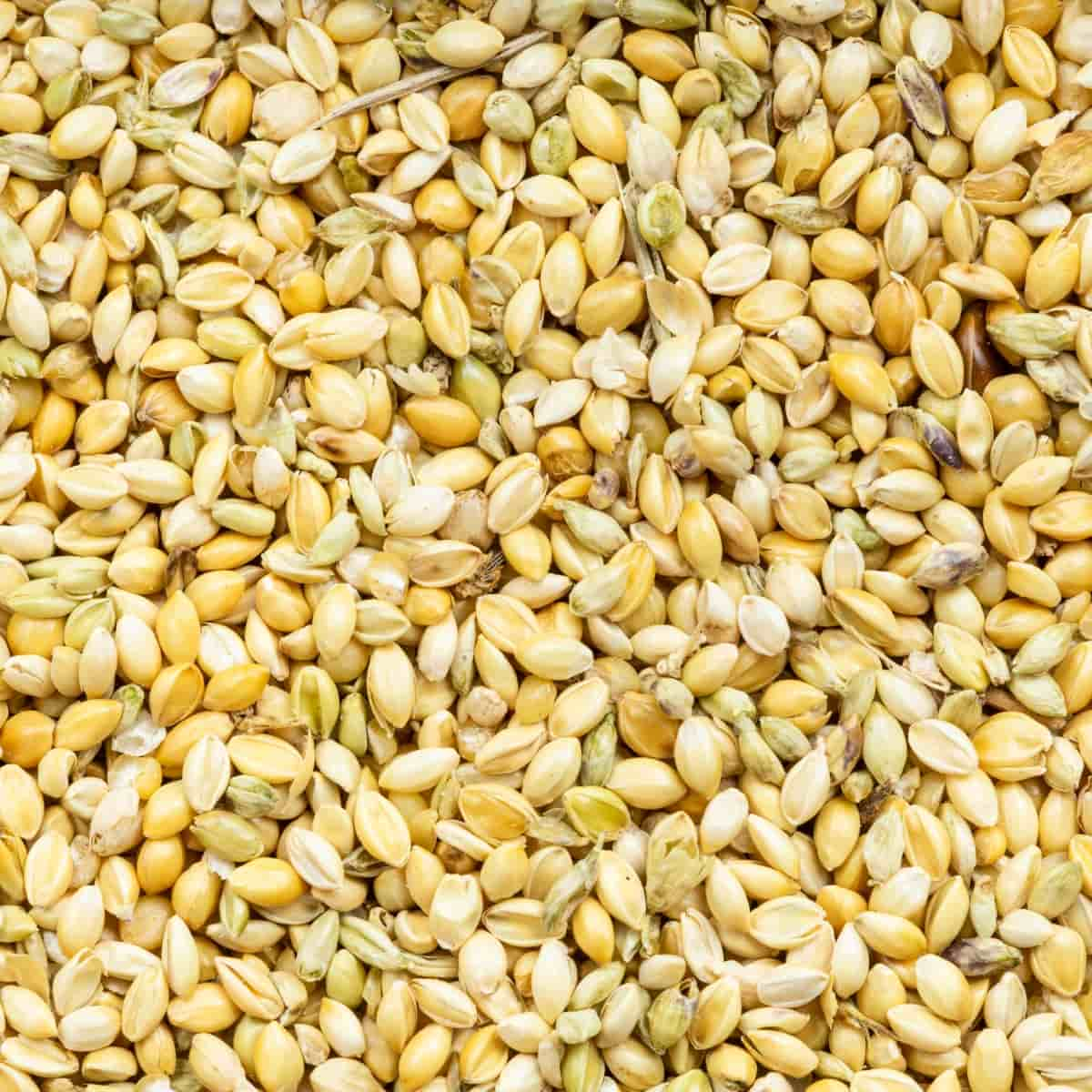The economic viability of 1-acre foxtail millet cultivation is a topic worth investigating. This study explores the potential profitability of cultivating foxtail millet on a small scale. By examining various factors, such as input costs, market demand, and yield potential, we seek to provide insights into the economic feasibility of this venture.

1-Acre Foxtail Millet Farming Cost and Profit
What is Foxtail Millet Cultivation?
Foxtail millet (Setaria italica) is an annual grass primarily cultivated for human consumption. It is the second most widely planted millet species and holds the top spot in Asia. The earliest evidence of foxtail millet cultivation dates back approximately 8,000 years and was discovered in Cishan, China, along the ancient course of the Yellow River.
In India, foxtail millet has been grown since ancient times. The plant features slender, vertical, leafy stems that can grow 120-200 cm tall. Its seedhead forms a dense and hairy panicle measuring 5-30 cm in length. The small seeds, about 2 millimeters in diameter, are enclosed in a thin, papery hull that is easily removed during threshing.
Market and Demand for Foxtail Millet
India holds the distinction of being the world’s largest producer of millet. 2020 Foxtail Millet and Sorghum (Jowar) contributed approximately 19% of global millet production, with India’s share being 40.51% and 8.09%, respectively. The leading millet-producing states in India are Rajasthan, Karnataka, Maharashtra, Uttar Pradesh, Haryana, Gujarat, Madhya Pradesh, Tamil Nadu, Andhra Pradesh, and Uttarakhand, collectively accounting for 98% of India’s millet production in 2020-21. Among the various millet varieties, Pearl Millet, Sorghum, and Finger Millet hold the largest market share in India.
Best Package and Practices for Foxtail Millet Cultivation/Farming
Soil Preparation: Foxtail millet thrives in well-drained soils with a pH of 6.5 to 7.5. Before planting, ensure the soil is well-tilled and free of weeds, rocks, and debris.
Seed Selection and Planting: Choose high-quality, certified foxtail millet seeds for planting. Direct seeding or transplanting methods can be used. For direct seeding, sow seeds at a 2-3 cm depth, spacing them 10-15 cm apart in rows spaced 30-40 cm apart.
Irrigation: Foxtail millet requires moderate water during the growing season. Regular irrigation is essential during the vegetative and flowering stages, while water can be reduced during the grain-filling stage to prevent lodging.
Fertilization: Foxtail millet responds well to nitrogen fertilizer. Apply 40-50 kg/ha of nitrogen at planting and 20-30 kg/ha during tillering. Adjust phosphorus and potassium application based on soil test results.
Weed Management: Weeds compete with foxtail millet for resources, reducing crop yield. Control weeds using pre- and post-emergent herbicides and manual methods like hand weeding and cultivation.
Disease and Pest Management: Address potential issues like smut, blast, stem borers, and aphids using cultural, chemical, and biological methods. Monitor the crop regularly and take appropriate measures to prevent and manage diseases and pests.
In case you missed it: 1-Acre Banana Farming Cost and Profit Analysis: Cultivation Economics and Production Project Report

Best Time to Sow Foxtail Millet: The optimal sowing time for foxtail millet depends on the climate, soil type, and water availability. Generally, it is sown during the rainy season or early summer. In India, the ideal time is from June to July, extending to August or September in areas with a late monsoon. In some regions, foxtail millet can be sown during spring (February to March).
Weeding Operations: Weeding is crucial in controlling unwanted plant growth that competes with foxtail millet. Pre-sowing soil preparation prevents weed growth. Post-emergence, manually remove weeds or use appropriate herbicides to maintain the crop’s vigor.
Harvesting and Storage: Foxtail millet is ready for harvest when grains turn yellowish-brown, and moisture content is below 15%. Harvesting can be done manually or using a combined harvester. Dry the harvested crop thoroughly and store it in a dry place to prevent spoilage.
Better Yield in India: Foxtail millet has demonstrated better yields in India compared to other millet varieties. It is an ancient cereal crop cultivated in India for thousands of years. Its resilience against drought, pests, and diseases has made it a preferred choice among Indian farmers.
Cost of Cultivation for 1-Acre Foxtail Millet Cultivation/Farming
The estimated cost of cultivating foxtail millet on a 1-acre farm includes components as given below. The specific costs can vary depending on factors such as region and farming practices. It includes expenses related to land preparation, seeds, fertilizers, labor, irrigation, pest control, and harvesting.
Components Cost (INR)
| Components | Cost (INR) |
| Land preparation | 2,000-3,000 |
| Seeds | 1,500 |
| Fertilizers | 3,000 |
| Irrigation | 2,000 |
| Labour | 4,000 |
| Weed management | 1,500 |
| Pest and disease management | 1,000 |
| Harvesting and threshing | 2,000 |
| Miscellaneous expenses | 1,000 |
| Total | 18,000-20,000 |
Total Returns and Net from 1 Foxtail Millet Cultivation/Farming
Yield of 12 to 14 quintals (Qtl) and a price of Rs. 3,800 per quintal.
Total Returns Calculation: Total Returns = Yield (in quintals) × Price per quintal
- Total Returns = 12 Qtl × Rs. 3,800/Qtl (minimum yield) Total Returns = Rs. 45,600
- Total Returns = 14 Qtl × Rs. 3,800/Qtl (maximum yield) Total Returns = Rs. 53,200
Net Income Calculation: Net Income = Total Returns – Total Cost of Cultivation Considering the cost of cultivation from the previous calculation is Rs. 18,000, we can compute the net Income as follows:
- Net Income (minimum yield) = Rs. 45,600 – Rs. 18,000
- Net Income (minimum yield) = Rs. 27,600
- Net Income (maximum yield) = Rs. 53,200 – Rs. 18,000 Net Income (maximum yield) = Rs. 35,200
Challenges and Risks in Foxtail Millet Cultivation/Farming
Foxtail millet cultivation/farming poses certain challenges and risks. These include susceptibility to pests and diseases, weed competition, water management during fluctuating rainfall patterns, availability of quality seeds, market price fluctuations, and limited awareness about foxtail millet’s nutritional benefits.
In case you missed it: 1-Acre Jackfruit Cultivation Cost and Profit Analysis: Project Report and Economics

Farmers must address these challenges through proper pest and disease management, effective weed control, irrigation strategies, accessing reliable seed sources, market diversification, and promoting consumer awareness to mitigate risks and enhance profitability.
Conclusion
Foxtail millet cultivation on a 1-acre farm holds promising economic potential. With its high yield potential, adaptability to various climates, and increasing market demand, farmers can achieve profitability. By employing proper cultivation techniques, efficient resource management, and market strategies, foxtail millet farming can unlock opportunities for sustainable and profitable agricultural ventures.
- Feed Your Flock for Less: Top 10 Tips to Save on Chicken Feed
- Ultimate Guide to Ossabaw Island Hog: Breeding, Raising, Diet, and Care
- Hatching Answers: The Top 10 Reasons Your Chickens Aren’t Laying Eggs
- Eggs and Economics: Breaking Down the Cost of Raising Backyard Chickens
- Defend Your Greens: Proven Methods to Keep Iguanas Out of Your Garden
- Ultimate Guide to Cinnamon Queen Chicken: A Comprehensive Guide for Beginners
- Ultimate Guide to California Tan Chicken: Breeding, Raising, Diet, Egg-Production and Care
- Ultimate Guide to Marsh Daisy Chicken: Breeding, Raising, Diet, and Care
- 10 Types of Chicken Farming Businesses You Can Start for Profits